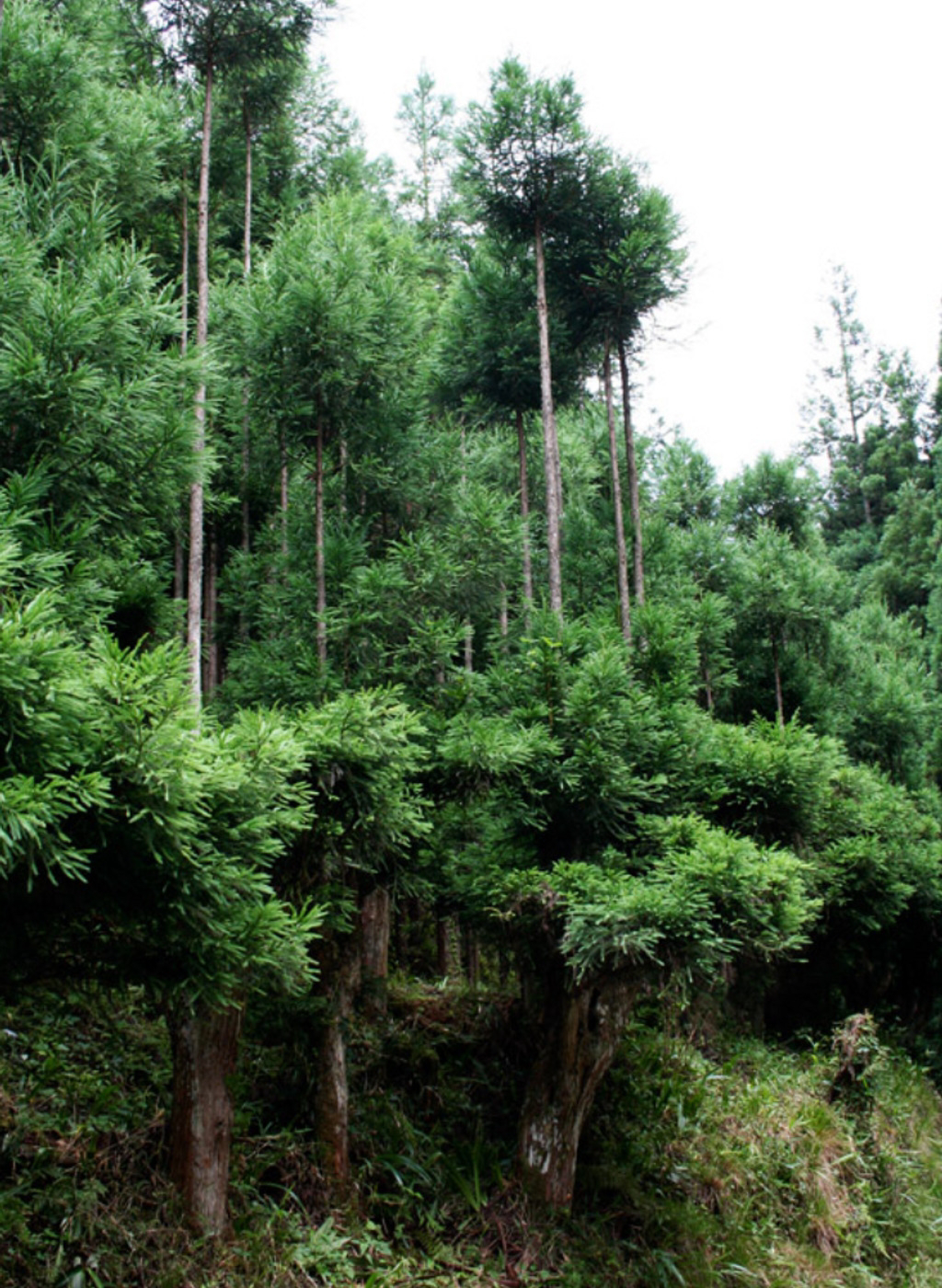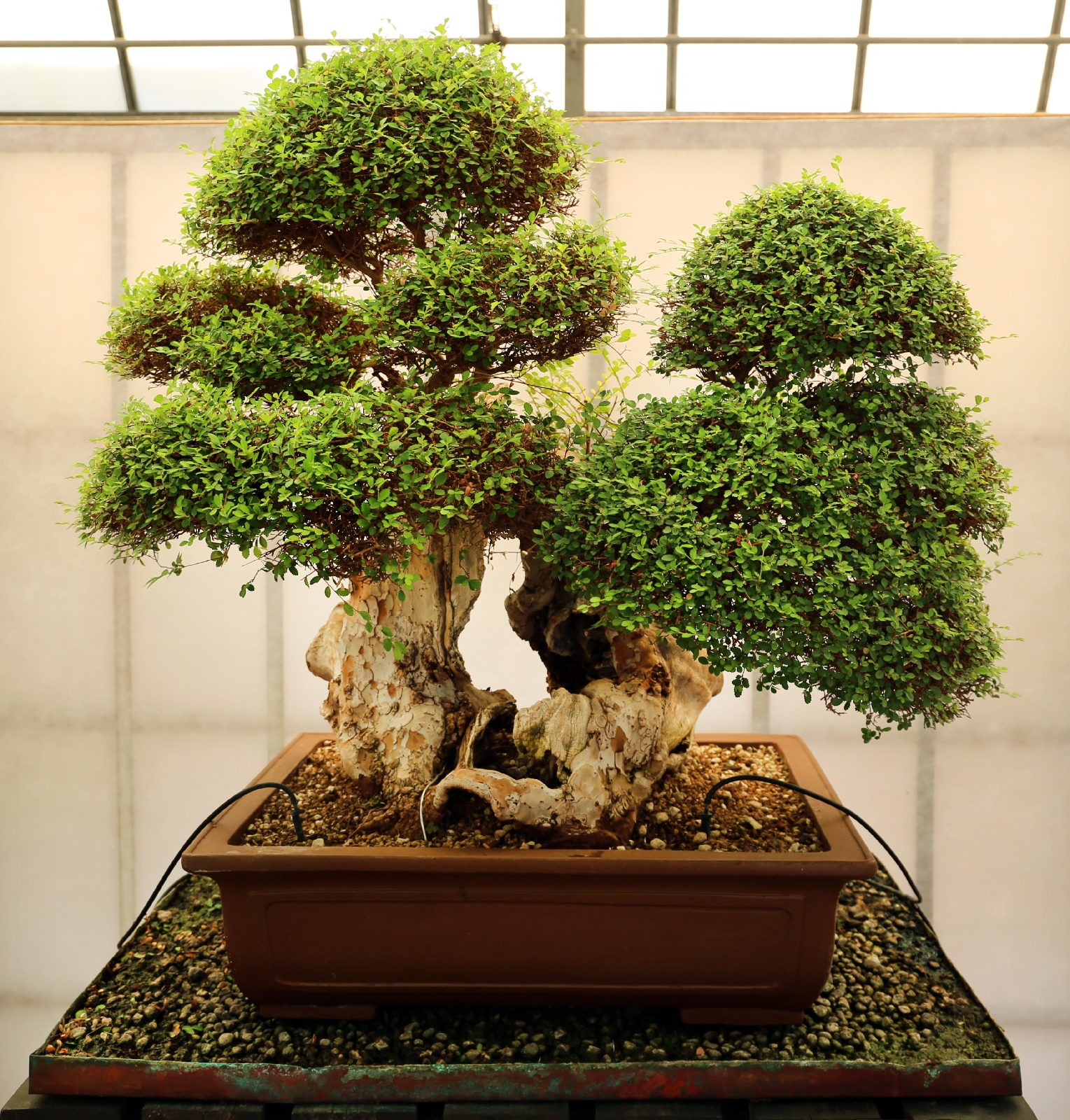Nature has always been a source of inspiration for human beings, and the art of daisugi is a remarkable example of this. Originating in the forests of Kyoto, Japan, daisugi is a traditional technique of pruning trees that not only promotes sustainable forestry but also creates stunning and functional structures. In this blog, we will explore the beauty and significance of daisugi, shedding light on its history, process, and impact on both nature and human creativity.
Before any discussion see after results of diasugi technique but you are not going believe how much maintainance it tooks!!!
Written as , the Daisugi technique literally . means platform cedar , a technique that uses existing trees to grow additional trees .
Daisugi is a technique that helps us get really good wood for building. It makes the wood long, straight, and very strong. It's even more flexible than regular cedar wood. Nowadays, because of advances in architecture, people don't need this wood as much as before. But it's still used for making furniture, chopsticks, and for beautiful gardens. Even if you don't like this wood or the technique, you have to admit that something amazing happens when we work with nature instead of trying to control it.
When you use daisugi, the trees look like they're growing out of an open hand. This way, we can get a lot of good wood from just one tree without cutting it down. To do this, we carefully cut off some branches from a type of cedar tree called Kitayama cedar. Then we let the remaining shoots grow straight up from a special platform. This gives us round and straight pieces of wood called taruki, which are mainly used for the roofs of Japanese teahouses. It takes about 20 years to harvest the wood, and an old tree can have up to 100 shoots at a time.
In practical terms, the daisugi technique provides a sustainable and eco-friendly alternative to traditional forestry practices. By promoting vertical growth and preventing unnecessary cutting of mature trees, it allows for continuous cultivation and harvesting without depleting the forests. Additionally, the harvested shoots are used in various industries, reducing the demand for more conventional building materials.
Conclusion: Daisugi represents a remarkable fusion of art, sustainability, and practicality. By embracing this ancient technique, the Japanese have found a way to harness nature's abundance while safeguarding its future. The awe-inspiring daisugi forests stand as a testament to the ingenuity and creativity of human beings, showcasing the immense beauty that can arise when we work in harmony with the world around us.
At the end, this is bonsai tree which is kind of similar to daisugi tree.
A bonsai tree is a small, potted tree that is carefully cultivated and trained to mimic the shape and proportions of a full-sized tree. Bonsai is a traditional Japanese art form that has been practiced for centuries.
The word "bonsai" itself means "planted in a container" in Japanese. These trees are not naturally dwarfed; instead, they are grown using various techniques to keep them small and compact. Bonsai trees require careful attention and regular maintenance to ensure their health and aesthetic appeal.
Caring for a bonsai tree involves providing the right amount of water, sunlight, and nutrients. Bonsai trees are typically kept indoors, but they can also be placed outdoors during favorable weather conditions. Regular pruning, wiring, and repotting are essential to maintain the tree's shape and health.
Bonsai trees symbolize harmony, balance, and patience. They are admired for their beauty and artistic value. Many people find the practice of cultivating bonsai trees to be a calming and meditative hobby.
Hope you like today's blog. Thank you🙏










0 Comments